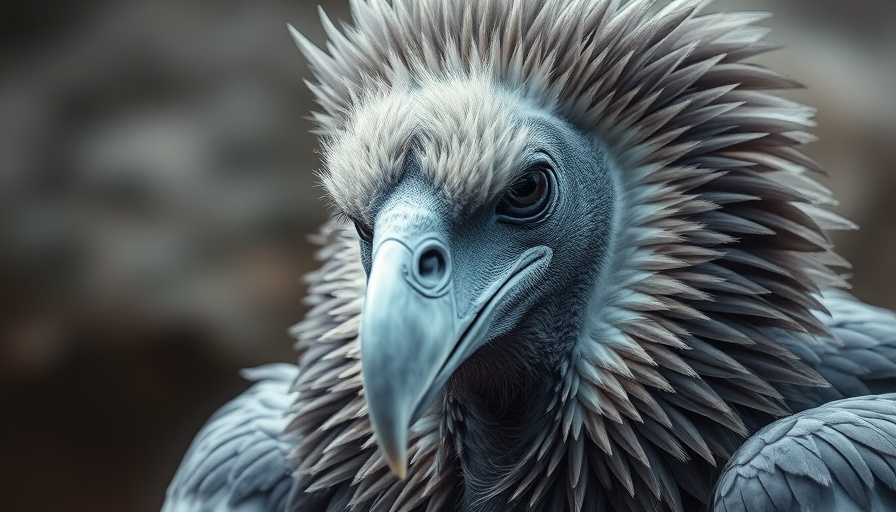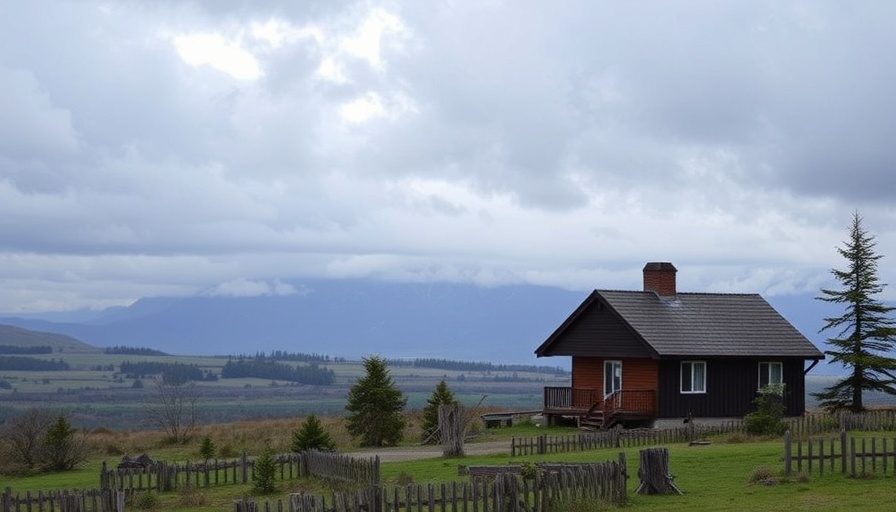
Meet the Tico-Tico: A Symbol of Brazilian Culture
The Rufous-collared Sparrow, affectionately known as the Tico-Tico, stands out not just for its handsome appearance but for its cultural significance in Brazil. Its name comes from the popular samba song "Tico-Tico no Fubá," famously performed by Carmen Miranda. This delightful tune captures the spirit of the bird, highlighting its love for cornmeal and its charming persistence in visiting the singer’s yard. The Tico-Tico embodies the interplay between nature and human culture, serving as a reminder of how intertwined our lives can be with the world of birds.
The Versatile Diet of the Rufous-collared Sparrow
While the Tico-Tico is drawn to cornmeal, its diet is versatile, consisting of seeds, berries, and insects. This adaptability makes the Rufous-collared Sparrow a common sight in backyards across Latin America. Birdwatchers appreciate its friendly demeanor and melodic song, which adds a lively soundtrack to both urban and rural settings.
Why the Tico-Tico Matters
Understanding the Rufous-collared Sparrow goes beyond appreciating its beauty. Birds like the Tico-Tico play essential roles in their ecosystems, helping to control insect populations and disperse seeds. Their presence serves as an indicator of environmental health, and protecting them contributes to biodiversity.
Experience the Tico-Tico in Your Own Backyard
For those inspired by the Tico-Tico, creating a bird-friendly backyard can be both rewarding and entertaining. Simple actions like providing bird feeders filled with seeds and offering clean water sources can attract these charming sparrows. Not only does this support the birds’ diets, but it also fosters a deeper connection to nature, enriching our daily lives.
Listening to the Tico-Tico's Melodic Call
The song of the Rufous-collared Sparrow is iconic and serves as a delightful reminder of the beauty of wildlife. When next you hear it, reflect on the cultural legacy of the Tico-Tico and its captivating story – a star of both nature and Brazilian music.
 Add Row
Add Row  Add
Add 




Write A Comment